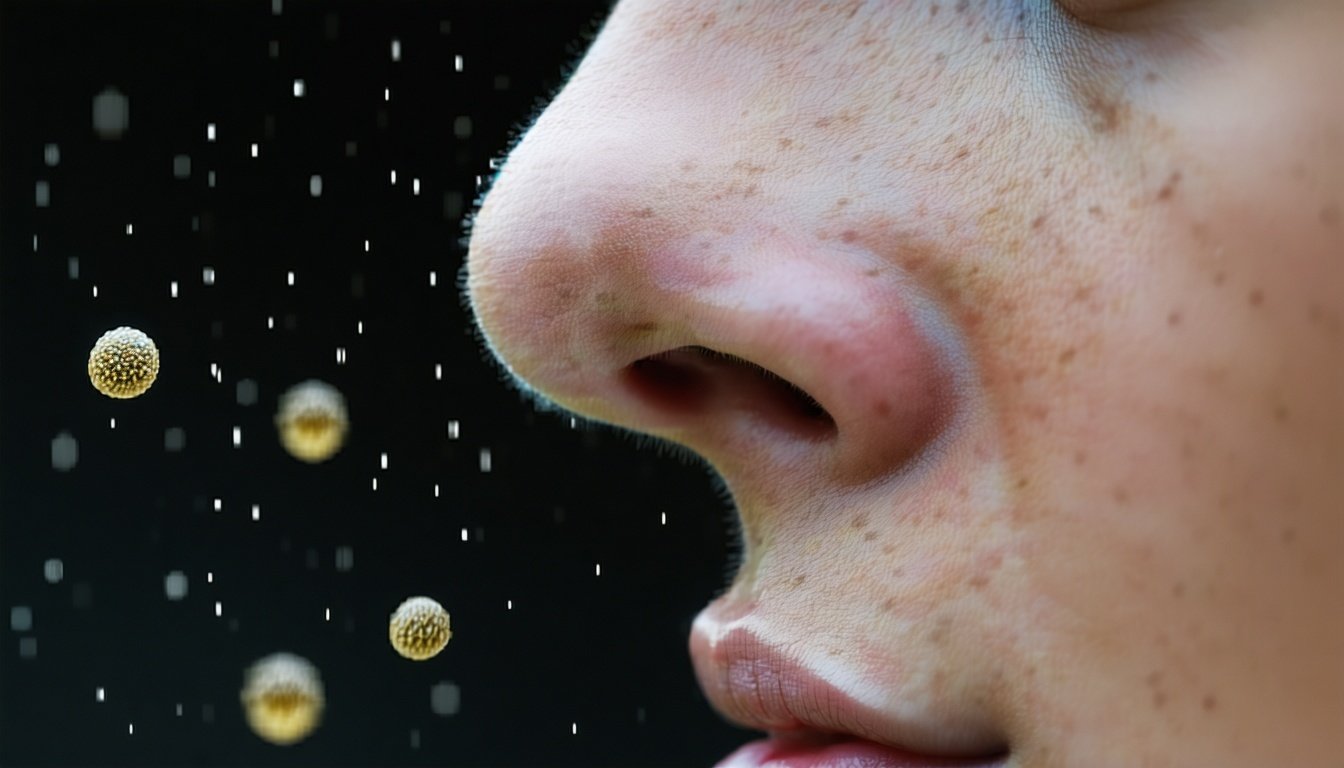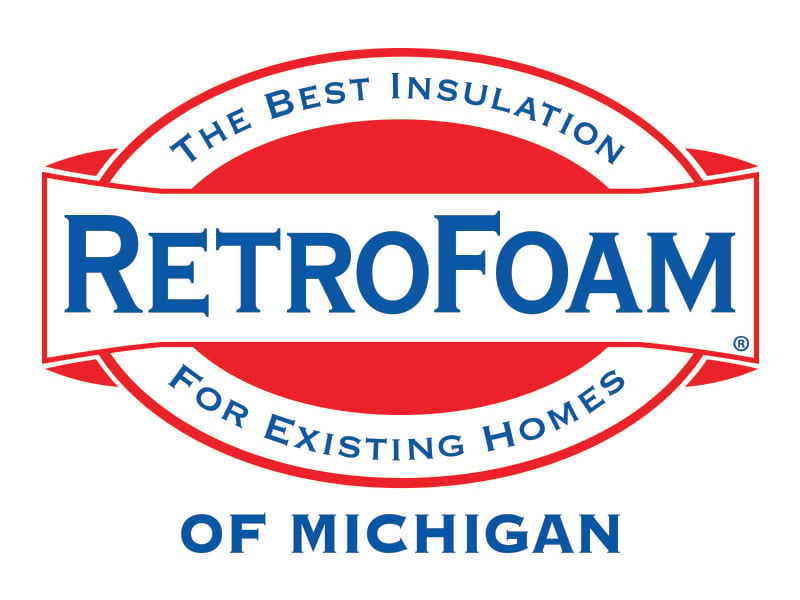4 Health Benefits of Removing Old Insulation


If you've done any digging into home insulation, you already know it does more than just keep you warm in the winter and cool in the summer.
A good insulation material helps keep out allergens, pests, moisture, and uncomfortable drafts.
But what happens when that insulation is old and no longer doing its job? More importantly, can old insulation make you sick?
The short answer is yes, and that's why it's so important to consider removing it.
At RetroFoam of Michigan, we've helped tens of thousands of homeowners improve their comfort and their indoor air quality by upgrading their insulation. But before we can add new insulation, the old stuff in the attic and crawl space needs to come out -- especially if it's causing more harm than good.
Let's break down why old insulation removal matters and how it can make your home a healthier place to live.
Why You Should Remove Old Insulation in Your Home
Wondering do you need to remove old insulation before upgrading?
Here are some solid reasons you should think about it, especially if you live in an older home.
1. Pests Love to Nest in Old Insulation
Mice, squirrels, bats, raccoons -- these unwelcome guests often turn old fiberglass or cellulose into their personal apartments.
The problem? They don't come with litter boxes.
Their droppings can soak into your insulation and release harmful contaminants into the air you breathe. According to the U.S. Centers for Disease Control and Prevention, exposure to these droppings can lead to serious illnesses like hantavirus, leptospirosis, and even the plague (yep, the plague).
Removing old insulation that's been infested with pests is a key step in protecting your family's health.
2. Moisture and Mold are a Dangerous Combo
Traditional insulation materials like fiberglass and cellulose hold onto moisture.
So, if you've got any water issues in your attic, crawl space, or rim joist, that insulation is probably harboring mold.
Black mold exposure can lead to chronic coughing, sneezing, itchy eyes, rashes, fatigue, and more severe health issues with long-term exposure.
Can old insulation make you sick? If it's harboring mold, the answer is a definite yes. That's why it's important to not only remove old insulation that's wet, but also fix the underlying moisture issue before upgrading.
3. Asbestos Could Be Lurking
Homes built before the 1980s may still contain insulation made with asbestos, a known carcinogen.
Breathing in asbestos fibers can lead to serious health problems, including mesothelioma, asbestosis, and lung cancer, according to the U.S. Environmental Protection Agency. If you suspect your insulation contains asbestos, don't touch it -- asbestos removal must be handled by professionals.
4. Old Insulation Traps Allergens
Dust, pollen, mold spores, you name it.
As outside air moves freely through traditional insulation, it brings a lot of those allergens right along with it.
If you or your family suffer from allergies or asthma, those trapped particles can make things worse.
By removing old insulation and replacing it with something that creates an air seal, like foam, you're helping to keep outdoor allergens out where they belong.
Creating a Healthier, Happier Home
Keeping old insulation in place might seem like the easy route, but it comes with a laundry list of risks.
Aside from health concerns, materials like cellulose and fiberglass tend to sag, shift, or settle over time, making them less effective at insulating your home. So not only could they be causing health issues, but they're also costing you money on your energy bills.
Upgrading your insulation after removing the old stuff is a great way to improve both comfort and indoor air quality. Foam insulation, for example, doesn't hold moisture, doesn't support mold growth, and helps create a tight air seal throughout your home.
If you're still wondering "Does old insulation need to be removed?" or "Can I remove old insulation myself?", your best bet is to consult with a professional who can inspect your current insulation and offer the right solution.
If you want to learn more about home insulation, check out the Learning Center on our website.
Key Points:
- Old insulation can make you sick, especially if it's contaminated with mold, pests, or allergens.
- Rodents and other critters commonly nest in fiberglass and cellulose, leaving behind droppings that can spread serious diseases.
- Wet insulation = mold problems, which can lead to chronic respiratory issues and structural damage.
- Asbestos insulation is still present in many older homes and requires professional removal due to its cancer-causing risks.
- Airborne allergens like pollen, mold spores, and dust get trapped in traditional insulation and circulate in your home.
- Upgrading without removing old insulation might mean you're trapping contaminants inside your walls or attic.
- Foam insulation is a modern, healthier alternative that doesn't carry these risks.
- Still wondering, do you need to remove old insulation? If it's compromised -- yes, absolutely.
Related Articles
Reduce Airborne Allergens and Pollutants from Entering Your Home
Will Spray Foam Insulation Keep Pests Out of the Home?
About Amanda Emery
Amanda previously has worked as a breaking news and crime reporter, TV news producer, and editor in Flint and Detroit. Throughout her career as a journalist, she has won several awards from The Society of Professional Journalists - Detroit Chapter and the Michigan Press Association. As part of the RetroFoam of Michigan family, Amanda uses her experience as a journalist to write content that will help educate homeowners on the benefits of foam insulation. When Amanda isn’t writing, she’s spending time with her husband and rescued huskies. She also loves knitting, making art, cooking, and hosting dinner and a movie night for friends and family.


